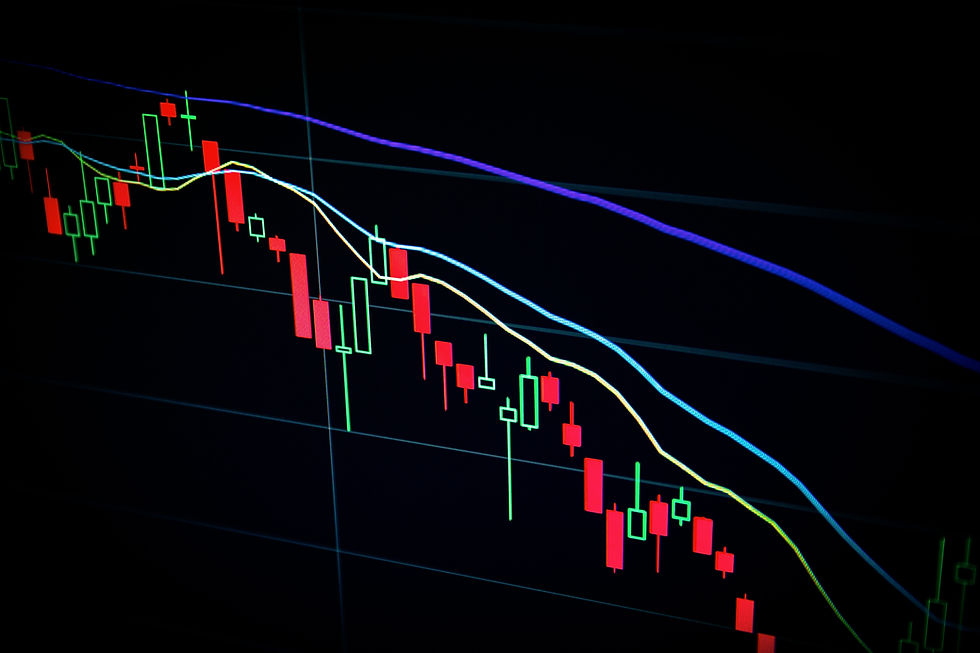
On Monday, a technical glitch at the New York Stock Exchange caused a brief panic when Berkshire Hathaway's Class A shares, owned by Warren Buffett, plummeted nearly 100%. This drastic and sudden drop in the stock price caused immediate concern among investors, many of whom feared a major market malfunction or an unprecedented crash in one of the world's most valuable companies. The panic was short-lived but intense, highlighting the sensitivity of the market to sudden and unexplained changes. The immediate response to this plummet was to halt trading of these shares to prevent further instability and provide time to investigate and address the issue.
This sudden crash led to an immediate halt in trading of these shares. The suspension of trading is a safety measure designed to prevent disorderly market conditions and protect investors from making decisions based on erroneous data. The halting of Berkshire Hathaway's Class A shares was a decisive action by the NYSE to contain the situation and prevent wider market repercussions. Such halts are typically rare and indicate significant issues that need to be resolved before trading can resume safely.
A similar situation occurred with Barrick Gold and Nuscale Power, which also experienced dramatic drops. These companies, though not as high-profile as Berkshire Hathaway, still hold significant positions in the market. Barrick Gold, a leading gold mining company, and Nuscale Power, a prominent player in the nuclear power industry, both saw their stock values plummet in a manner similar to Berkshire Hathaway's. The concurrent drops in these stocks suggested a broader technical issue within the exchange rather than isolated incidents, raising concerns about the overall reliability of trading systems.
The NYSE quickly addressed the situation, issuing a statement. The statement aimed to reassure investors and provide transparency about the unfolding events. According to their update, the problem stemmed from the limit up and limit down mechanisms designed to halt trading of stocks showing excessive volatility in a short period. These mechanisms are crucial for maintaining orderly market conditions by preventing extreme price swings, which can be triggered by erroneous trades or technical glitches. The NYSE's prompt communication helped to stabilize the situation and assure investors that the issue was being taken seriously.
"NYSE Equities is currently investigating the reported technical issue. Additional information will be provided as soon as possible," read a statement on the NYSE website. This assurance from the NYSE was important to calm the market and inform stakeholders that a thorough investigation was underway. Transparency and timely updates are essential in such situations to maintain trust in the financial system. The promise of additional information helped to mitigate some of the uncertainty that could have led to further panic or speculation.
The abrupt halt in trading of Berkshire Hathaway's Class A shares happened after fewer than 4,000 transactions. This relatively low number of transactions before the halt indicates that the issue was detected quickly, preventing a larger volume of erroneous trades. The quick response minimized potential losses and contained the impact within a manageable scope. Despite the crash and near-total loss of value for BRK-A, BRK-B shares remained largely unaffected, highlighting the disparity in how different classes of stock can be impacted by technical issues.
They saw a drop of less than 1% at the beginning of the session. This discrepancy between the Class A and Class B shares underscored the specific and localized nature of the technical problem affecting the Class A shares. The limited impact on BRK-B shares suggested that the technical glitch was isolated to certain types of trades or orders, rather than a systemic issue across all Berkshire Hathaway stock. This provided some reassurance to investors that the problem was not widespread.
The incident sparked discussions among investors and regulators about the reliability of current mechanisms and the need to strengthen safeguards to prevent similar events in the future. The financial community began to scrutinize the robustness of the existing systems designed to handle market anomalies. There was a call for enhanced safeguards and better technological infrastructure to ensure that such technical glitches could be prevented or managed more effectively. The incident also prompted a review of the protocols for trading halts and the mechanisms in place to protect market integrity.
The market's ability to respond swiftly to such anomalies is crucial for maintaining investor confidence. A rapid and effective response helps to reassure investors that the market is stable and that their investments are protected. The ability to quickly identify, halt, and address trading anomalies is essential for the smooth functioning of the financial markets. Ensuring that these mechanisms are robust and reliable is key to preserving trust and confidence among investors, which is foundational to the health of the financial system.
03.06.2024

Comments